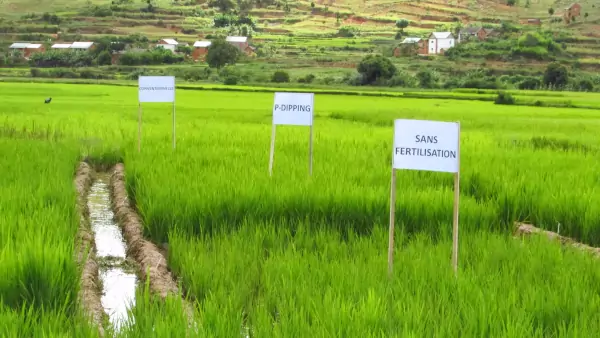Self-sufficiency in rice is currently a challenge for Madagascar. The current government is deploying multiple efforts to reach them and so that the peasants can recover their means of production according to the Minister of Agriculture, Livestock and Fisheries Ranarivelo Lucien ...
These efforts are made concrete by investing in the development and reconstruction of rice-growing infrastructure in the various rice-producing poles, the training of farmers in new technologies, and the facilitation of loans for producers who want to expand their activities.
Madagascar had an incomparable advantage over African countries in rice production in the 1960s. It experienced a yield of approximately 2 tonnes per hectare. It was a very high yield at the time compared to other countries in sub-Saharan Africa because of the basic agronomic practice by the peasants, the climate favorable to rice cultivation, as well as a long tradition. This yield stagnates for decades as the rate of population growth has continued to increase. Yield which only grew in the 1990s, exceeding the bar of 2 tonnes per hectare and the peak of 3 tonnes per hectare was only reached in the 2000s according to the statistical evolution of the average rice yield of the Big Island.
The increase in the average rice yield is technically feasible even if there are natural phenomena such as climate change which generates a rainfall deficit in some regions. Different techniques are currently ready to use to build resilience to shocks, such as improved seeds, crop calendar, application of P-Dipping techniques to increase rice yield in the highlands ... Still to be done it is the strengthening of efforts to sensitize farmers so that they are convinced and participate mainly in the various actions to meet the great challenge.








